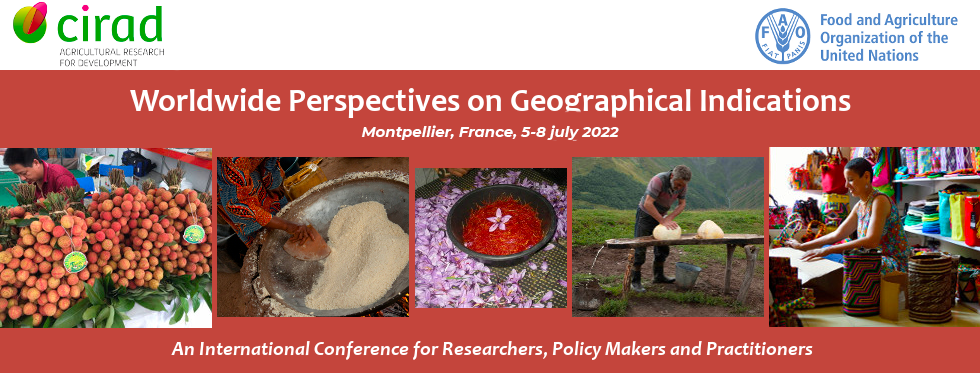Zimbabwean coffee, known among coffee aficionados as Chipinge coffee has re-emerged on the global market. Nestle, in collaboration with an international non-profit organisation called TechnoServe, has committed to send agronomists to offer training to hundreds of small-scale coffee farmers in the Eastern Highlands of the country. This is part of the project ‘Reviving Origins', launched to restore coffee farming in areas were production had declined. In 2018, Nestle introduced a limited edition of the Arabica coffee known as Tamuka mu Zimbabwe. The coffee is attracting a niche market but has no specific brand for identification, apart from the one used by Nestle. This raises questions concerning the prospects of trademark and geographical indication protection for the coffee. The research investigates the scope of the legal regimes within the context of Chipinge coffee. Zimbabwe has broadly, two approaches to protection of origin-linked goods; the trademark system and a geographical indications law. Though the concepts for trademarks and geographical indications rely on largely the same economic rationale, there are differences in how they are implemented. In Zimbabwe legal protection can fall under the four categories: trademarks, certification marks, collective marks, and geographical indications. Using Chipinge coffee as a case study, the key objective of the research was to highlight the advantages and limitations of each system, ascertain from coffee farmers whether such legal protection would be advantageous or disadvantageous, and whether they would generally be willing to participate in such a scheme. Currently there is no local origin-linked good that has been registered and the research was exploratory. It was composed of an analysis of the legal framework and fieldwork which involved interviews with key stakeholders, including small scale coffee farmers in Bvumba, located in the Eastern Highlands of Zimbabwe. Key observations from the research are that capability to distinguish/distinctiveness is essential for protection under the trademark system. That poses challenges where a geographical name is used, as geographical names per se cannot be registered as trademarks, the proviso being only if the word or name contains an additional essential element that makes the intended significance clear beyond doubt. With the geographical indications law, an indication, however expressed can be registered if it identifies a product as originating in a particular area, where some quality, reputation or other characteristic of the product is essentially attributable to its geographical origin. The definition is thus broad in terms of the subject matter of protection (any product) and identification element (indication however expressed - sign, letter, symbol, place name etc). In addition, it emerged from the research that the farmers viewed a trademark or geographical indication scheme as a marketing strategy in new and existing markets, thus the focus on the legal form of protection was not a major consideration. The farmers also emphasised preference for a scheme which enabled all of them to participate, thus a collective form of legal protection.



